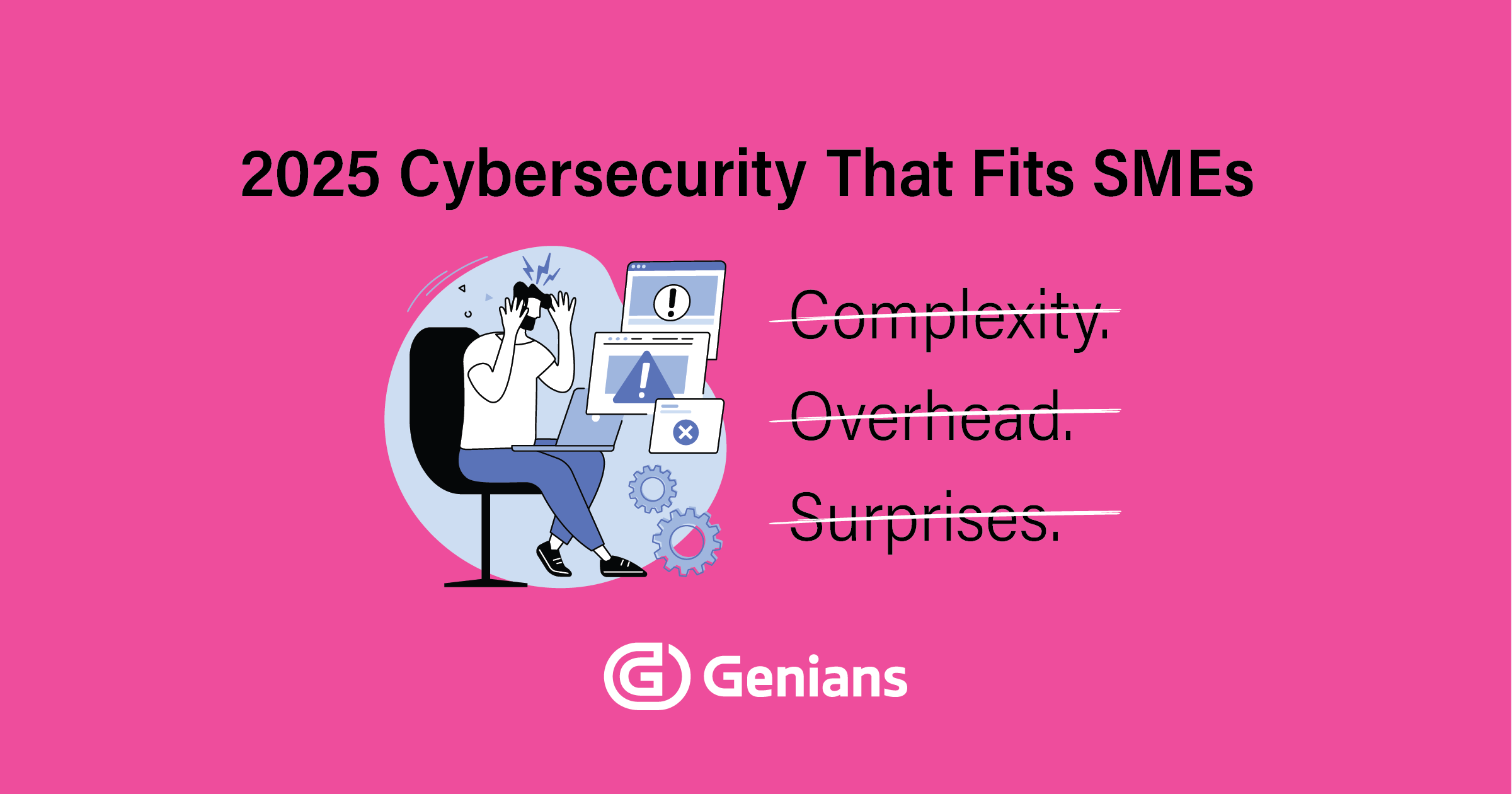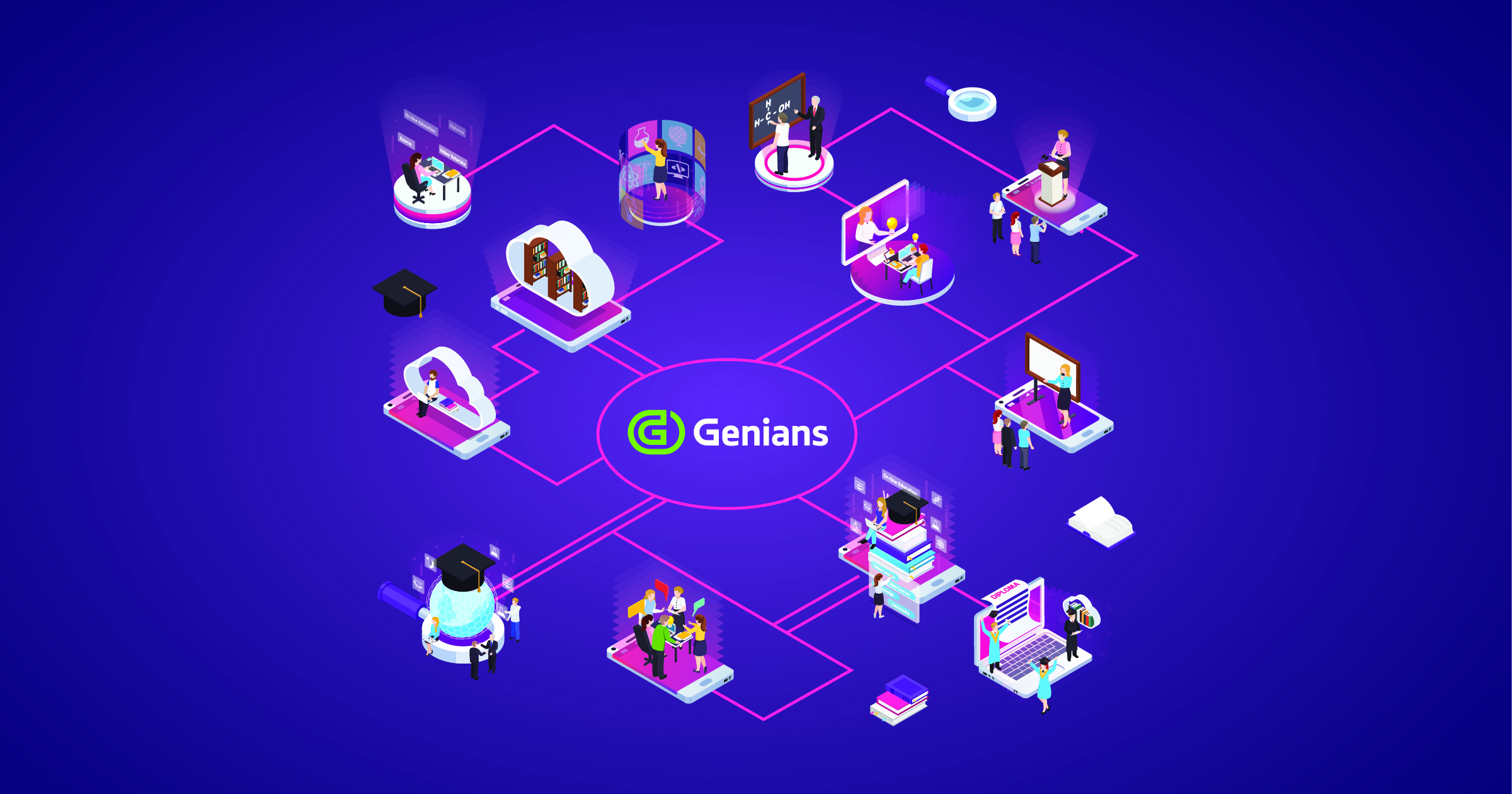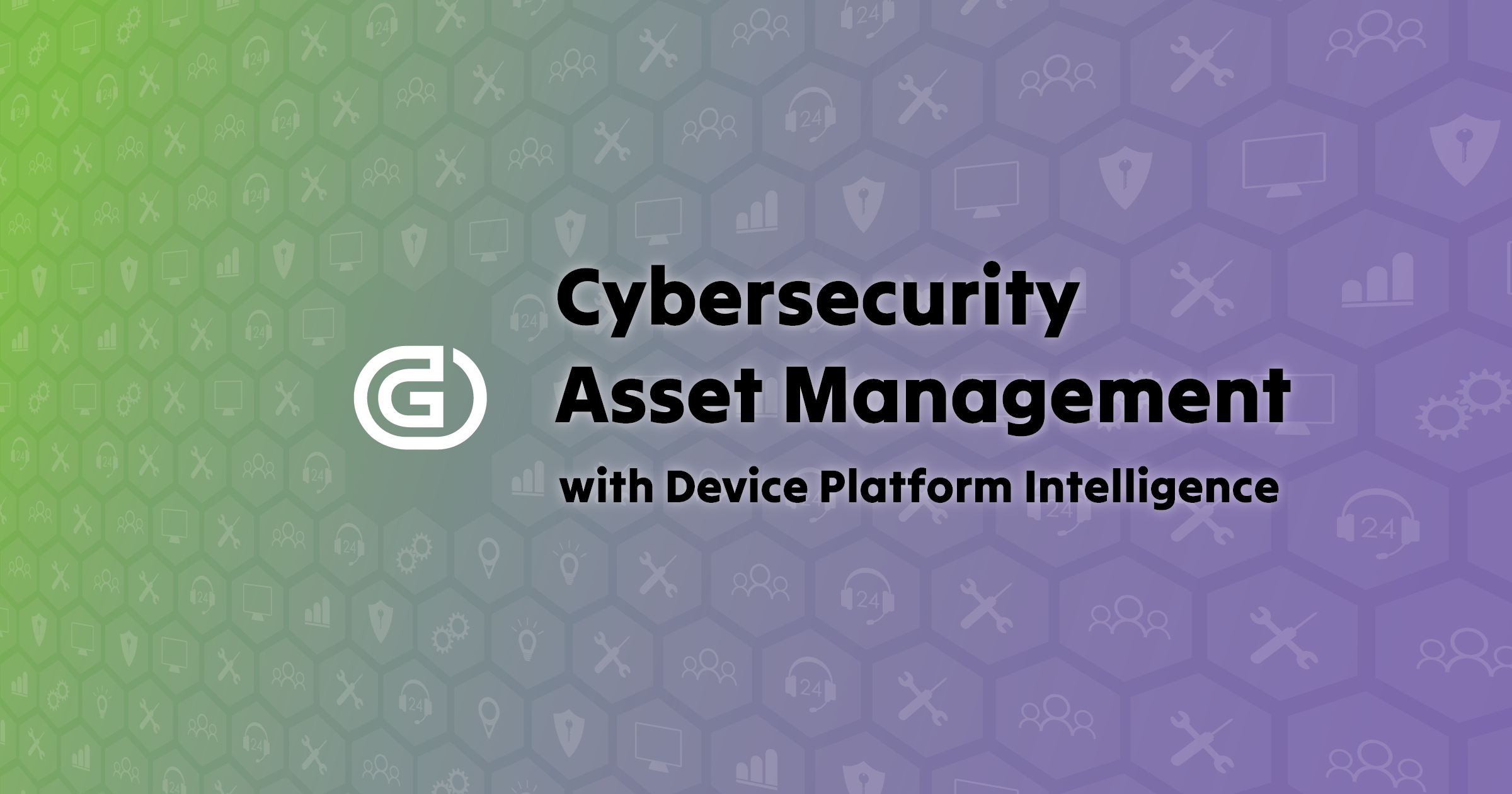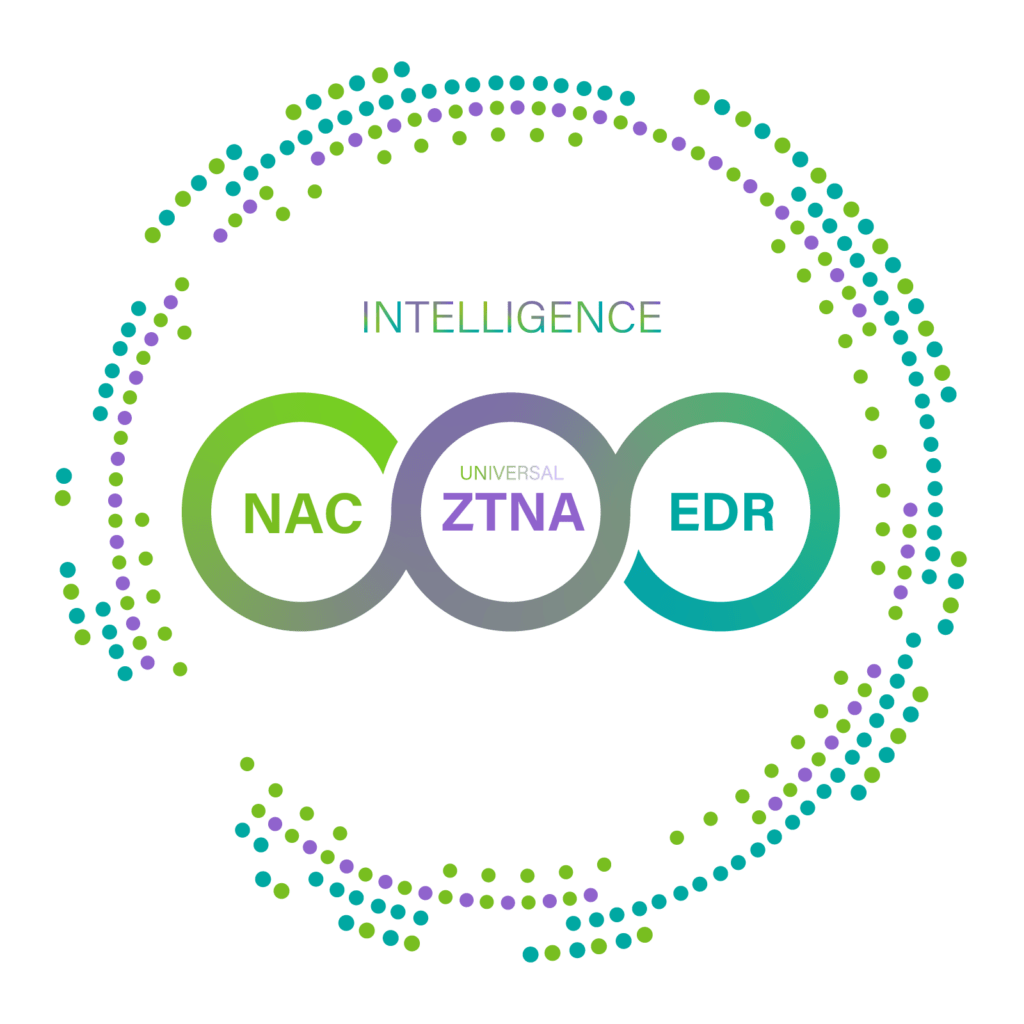Cisco Cyber Threat Trends Report: From Trojan Takeovers to Ransomware Roulette
Cisco’s Cyber Threat Trends Report identifies a crucial point: Information Stealers are the most prevalent threat. The report highlights that Information Stealers, Trojans, and Ransomware were the three most-seen threat categories, with Information Stealers alone accounting for an average of 246 million monthly blocks.
To combat these sophisticated attacks, which often exfiltrate sensitive data like credentials and financial information, Cisco proposes a comprehensive Security Service Edge (SSE) framework. While SSE offers a robust and unified approach, implementing such a large-scale architecture can be costly and complex.
An Agile Alternative to Large Frameworks
For many organizations, a more agile, cost-effective, and rapidly deployable strategy is needed. This is where an adaptive, integrated security loop—built on the core pillars of Device Platform Intelligence (DPI), Network Access Control (NAC), Zero Trust Network Access (ZTNA), and Endpoint Detection and Response (EDR)—can provide a powerful and more practical defense against these evolving threats.
A Use Case: Preventing an Information Stealer Attack
Imagine a user in your organization clicks a malicious link in a phishing email. The attacker’s goal is to deploy an information stealer, like Redline, to harvest credentials and then move laterally across your network. Here’s how an integrated Genians solution stops this threat at every stage:
- The First Line of Defense: NAC & DPI – The moment the user’s device attempts to connect to the network after clicking the link, Genian NAC performs a real-time check. Genian DPI instantly provides deep, context-rich intelligence on the device, including its identity, security posture, and what applications are running. If the device’s posture check fails (e.g., antivirus is out of date), NAC can automatically place it in a quarantine segment, preventing it from ever touching the secure network.
- Verified Access, Not Blanket Trust: ZTNA – If the initial check passes, but the device later tries to connect to an internal application, Genian ZTNA ensures that access is not granted by default. Instead of trusting the device simply because it’s on the network, ZTNA verifies every access request. If the compromised device attempts to access a protected application to exfiltrate data, ZTNA’s granular policies will block the connection immediately, based on the principle of least privilege. This effectively stops the information stealer from moving laterally and escalating its attack.
- Real-Time Defense & Data Sovereignty: EDR – Even if the malware manages to bypass initial network checks, Genian EDR acts as the final and most powerful line of defense. As the information stealer begins its malicious activity—like attempting to capture keystrokes, access a cryptocurrency wallet, or establish a command-and-control connection—EDR’s behavioral analysis detects the abnormal process. It can then automatically alert administrators, isolate the endpoint from the network, and terminate the malicious process. Because Genians offers an on-premises EDR option, organizations can also ensure complete data sovereignty (data sovereignty), keeping sensitive data within their own control.
The Power of an Integrated Platform
Cisco’s SSE offers a robust, but often complex and costly, solution. Genians’ approach provides a significant advantage by integrating the essential functions of DPI, NAC, ZTNA, and EDR into a unified, single-platform solution. This offers:
- Simplified Deployment & Management: Instead of managing multiple disparate tools, you have one cohesive system.
- Lower Total Cost of Ownership: An affordable, all-in-one licensing model avoids the hidden costs and complexity of large-scale frameworks.
- Immediate Visibility & Control: The non-disruptive, agentless DPI provides instant visibility, which drives all other security functions.
By building security resilience from the ground up with a flexible, interconnected platform, organizations can effectively combat top threats like information stealers and protect their most valuable assets without the overhead of a large-scale framework.





